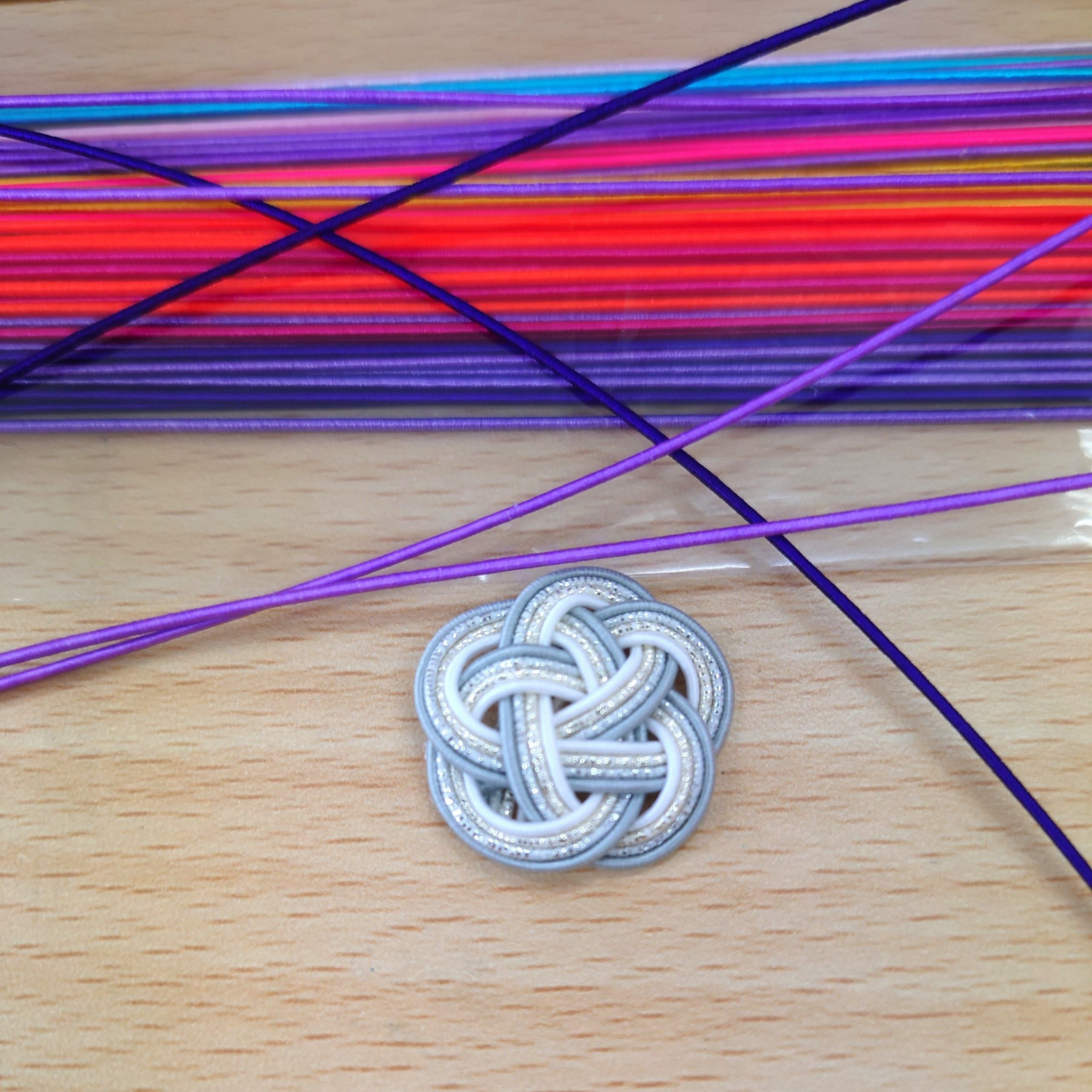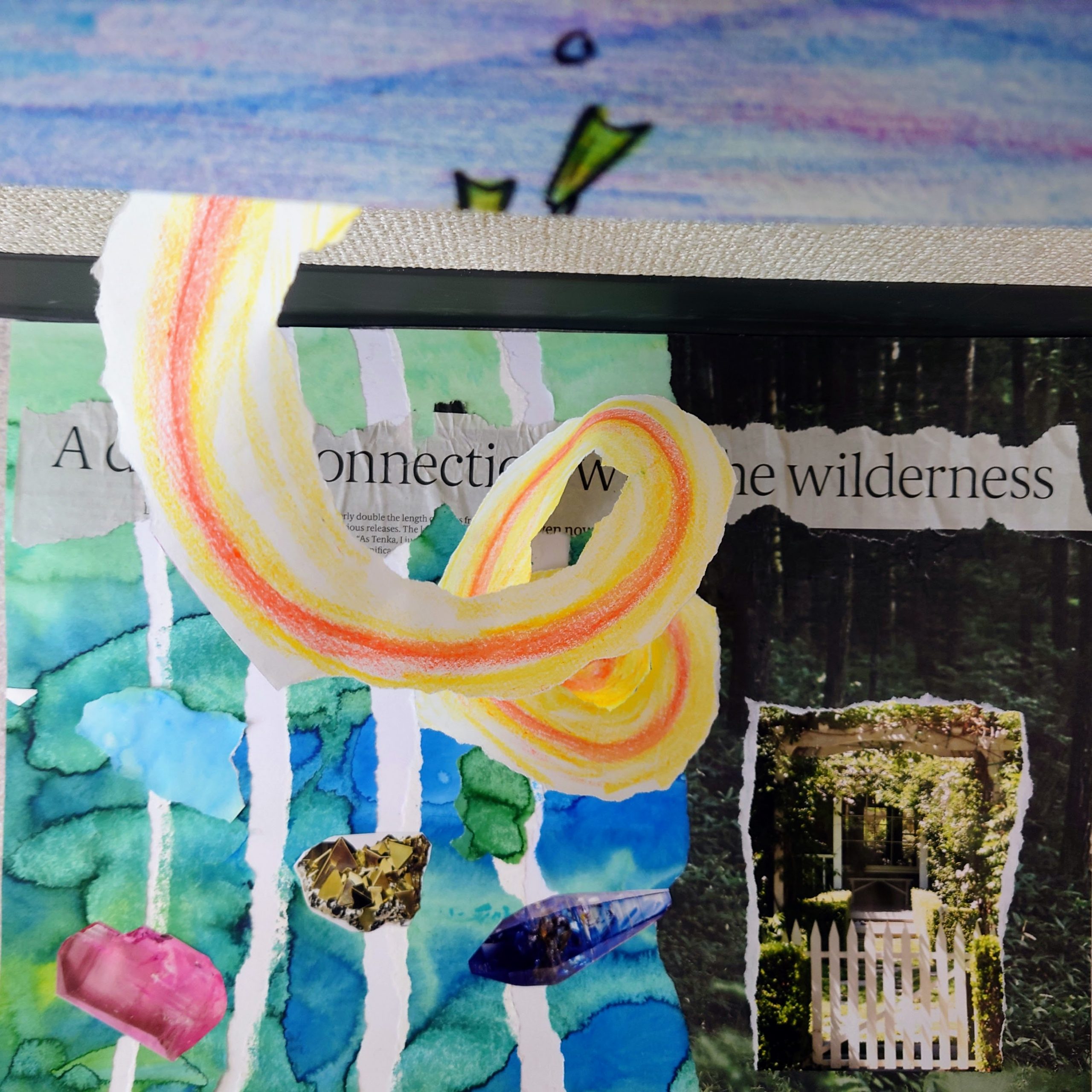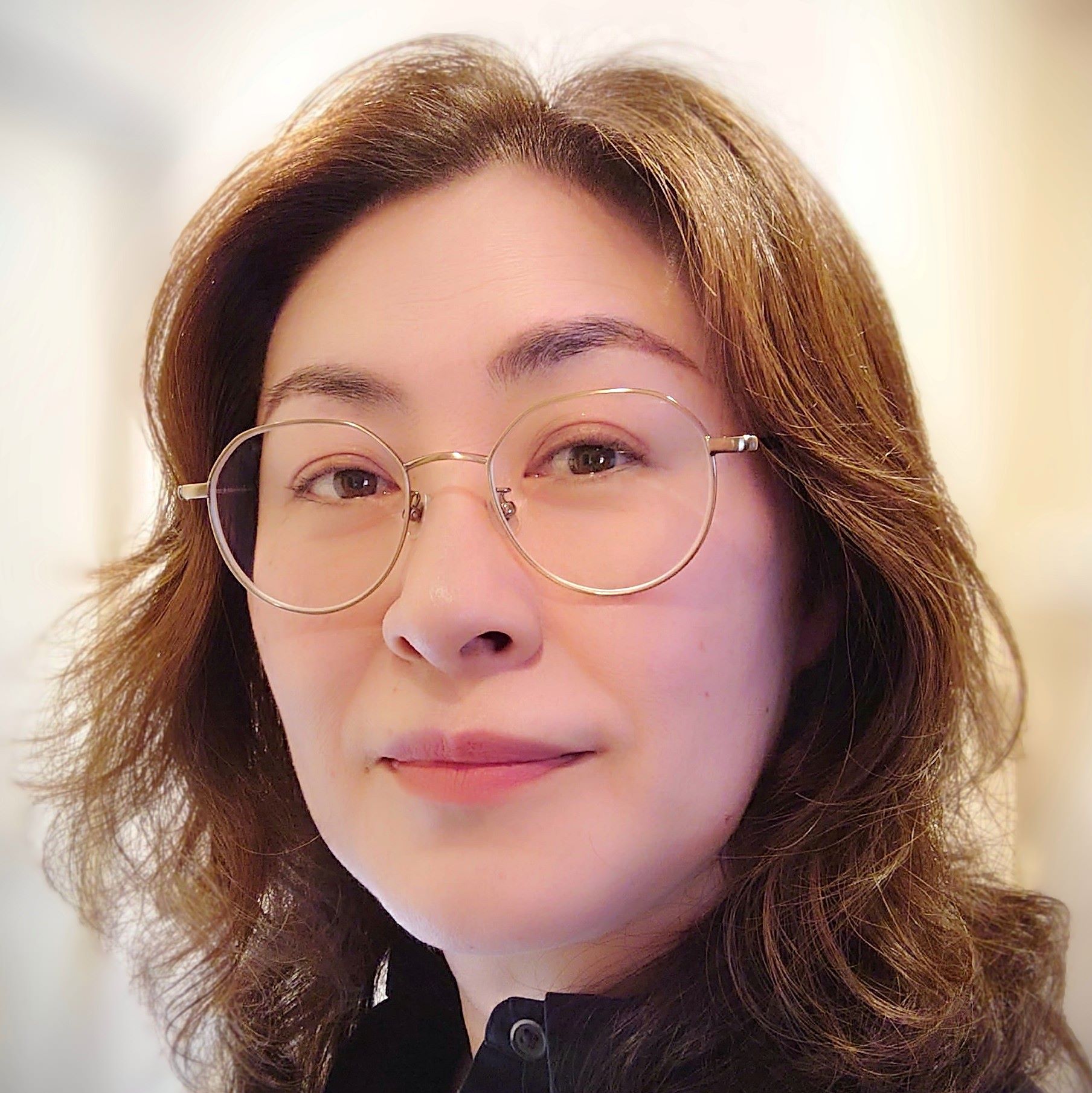May 4, 2023
The American Art Therapy Association represents a diversity of professionals, students, and organizations across the nation. We recognize and celebrate the work of our members at all levels through our Featured Member series.

“Understanding our own cultural influences is essential in appreciating the diversity of our clients and their cultural backgrounds. Art provides a means of exploring and celebrating these differences, allowing us to connect with others and understand their experiences more deeply.”
What excites you most about your job right now?
I have two jobs: one is in social services at a public institution supporting children and families experiencing problems, crises, and difficulties. The other is my private art studio, where people can receive art therapy and enjoy making art. The opportunity to collaborate with professionals and community members within the public institution to reach those who require help, but may be unable to request it, is a source of excitement for me. The prospect of working in private practice also excites me, allowing me to tap into people’s creative sources directly.
Has working with a particular client group shaped your professional focus or specialty? What have you learned from working with these clients?
Upon returning to Japan, I worked at a child development center with preschool-aged children with disabilities, including physical, visual, auditory, and neurodevelopmental difficulties. I was particularly impressed by the autistic children. My interactions with them taught me that I could better understand their experiences if I approach them with humility and be ready to learn from them rather than introducing myself as a professional specialist.
I learned that children with such unique cognitive functions and their families have difficulty living in their community. I have encountered cases where families were torn apart due to their children’s disabilities. Additionally, I have met children who were initially believed to have ADHD but were later found to be only reacting to environmental factors, which caused their hyperactive and impulsive behaviors rather than a developmental disorder. Those experiences led me to work in the child and family support field.
How have culture and diversity impacted your work as an art therapist?
My early work with children who had disabilities had a significant impact on my career. Their verbal communication skills were limited, and their body language often differed from what I was used to seeing. While my planned art activities did not always elicit a response, there were occasions when a connection was established unexpectedly: for example, a particular color of paint could facilitate communication.
Since then, I have learned to carefully observe and listen, attuning to their unique rhythms and energy. This experience has been invaluable and taught me that while it is essential to understand different cultures, learning from the clients themselves is the best approach. However, knowing your culture and tendencies is essential while showing respect and sensitivity towards clients.

“A Deeper Connection with the Wilderness.” Massami Ichikawa.
Mixed media. 2022
Is there something you would like to share about your journey thus far as an art therapist?
Massami Ichikawa, MS, ATR-BC

I was born and raised in Japan. Ⅰ received an M.S. in Art Therapy from Nazareth College in Rochester, New York.
Today, I am a registered and board-certified art therapist and a Japanese Licensed Public Psychologist. I have been working as a therapist for public welfare facilities, and I opened an art studio to provide opportunities for art therapy and art making in the community in 2017. I translated Judy Rubin’s DVD, which inspired me to continue translating art therapy literature with other art therapists, and I continue to introduce art therapy’s essence.
You can follow Massami’s work on her website: www.iroironoki.com
